Virginia Woolf and hot fudge sundaes for lunch
My great aunt Marie helped shape my understanding of the world and my place within it without me even realising it.
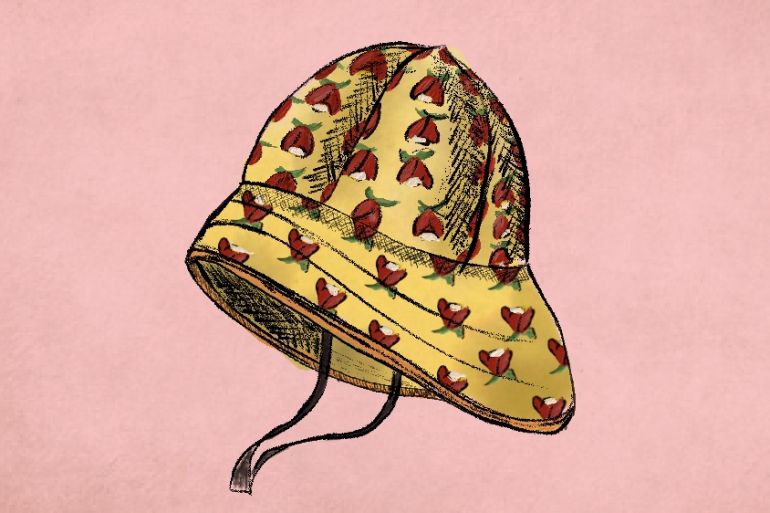
As a child, there was no sight worse than a burgundy Oldsmobile Intrigue in our driveway.
I would trudge home from my friend’s house, each step heavier than the last, knowing who was waiting.
Keep reading
list of 4 itemsInside the pressures facing Quebec’s billion-dollar maple syrup industry
‘Accepted in both [worlds]’: Indonesia’s Chinese Muslims prepare for Eid
Photos: Mexico, US, Canada mesmerised by rare total solar eclipse
To many, Marie Smibert was a devoted friend, loyal travel companion, educator, volunteer, philanthropist or perhaps simply the eccentric conversationalist and feminist with a white metal shopping caddy and floral rain cap who lived on the third floor of a dingy 1970s mid-rise apartment on the outskirts of Toronto.
To me, however, she was great aunt Marie. My grandfather’s older sister, who never married and always found a reason to gift us something she had previously read.
It has been eight years since she died.
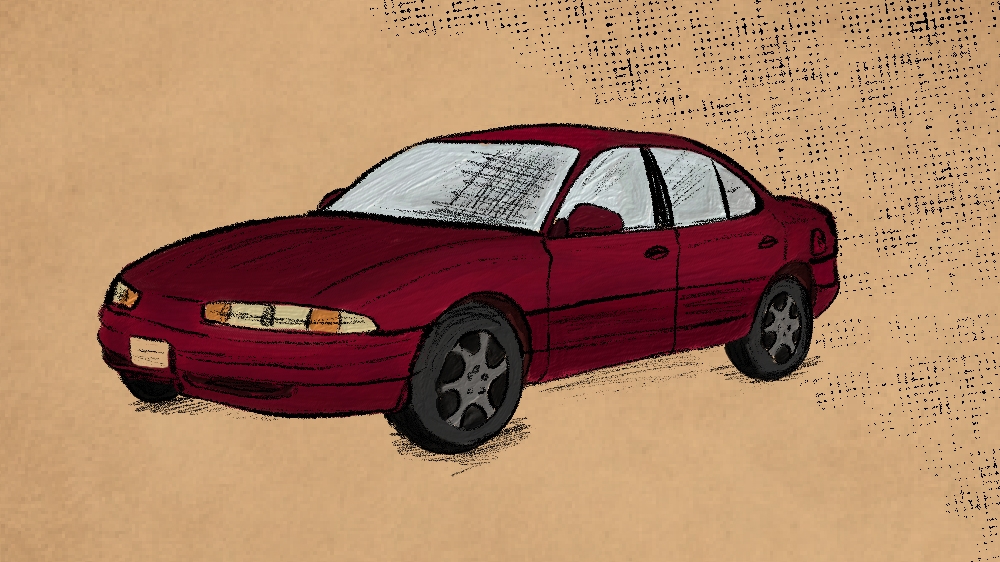
I can still hear her voice (raspy) and chuckle (condescending) echoing through our hallway. The fluorescent light above illuminated her tea-stained grin as she would sit at the built-in oak desk attached to the pantry, swirling an ounce of Dubonnet on the rocks, her beat-up black leather-bound address book flopped open with scrap paper made from my old prep’s newsletters beside her while she made her calls – my mother used to tease that she came for lunch merely to confirm her dinner plans and drop off her junk.
Old plastic bags with stretched handles always waited for me, full of highlighted clippings from newspapers or magazines with handwritten margin notes in her distinctive flourished cursive.
By age 10, I had already become well-versed in various Canadian and American publications, and knew which sections to expect in my bag.
Each bag was a carefully curated heap of wisdom, conversation starters and life lessons.
Both my parents and brother would receive their own bag, each marked with an initial. My grandparents, too. Her clipping habit extended to friends, as well, and perhaps hinted at what would later develop into a hoarding issue.
As I grew up and my interests changed, so did the subjects contained in my bags from Marie. From books, current events, art, music, culture and travel stories, to other things “I ought to be reading”, each bag was a carefully curated heap of wisdom, conversation starters and life lessons Aunt Marie deemed interesting.
Often, my brother and I would sit cross-legged on the stretch of hardwood floor between our bedrooms sifting through papers, our fingers smudged with ink, half intrigued by what was inside – comics, bric-a-brac, or a secondhand book with five-dollar bills spread sporadically through it – and half in laughter. Though we never said it aloud, our mischievous grins and know-it-all eyerolls posed the question: “Does she even know us at all?”
Perhaps, that was the point. Not to muse the interests we already had or relay the parts of life we would inevitably learn, but rather to expose us to what we ought to know about everything else – making difficult decisions, facing life’s hardships with grace, and seizing opportunities; about pushing ourselves beyond the limits of what we believe our capacity for this or that might be. To help us become the absolute best versions of ourselves. How foolish I was for not connecting Marie’s proverbial dots. When we were young, we just joked that she was a little kooky.
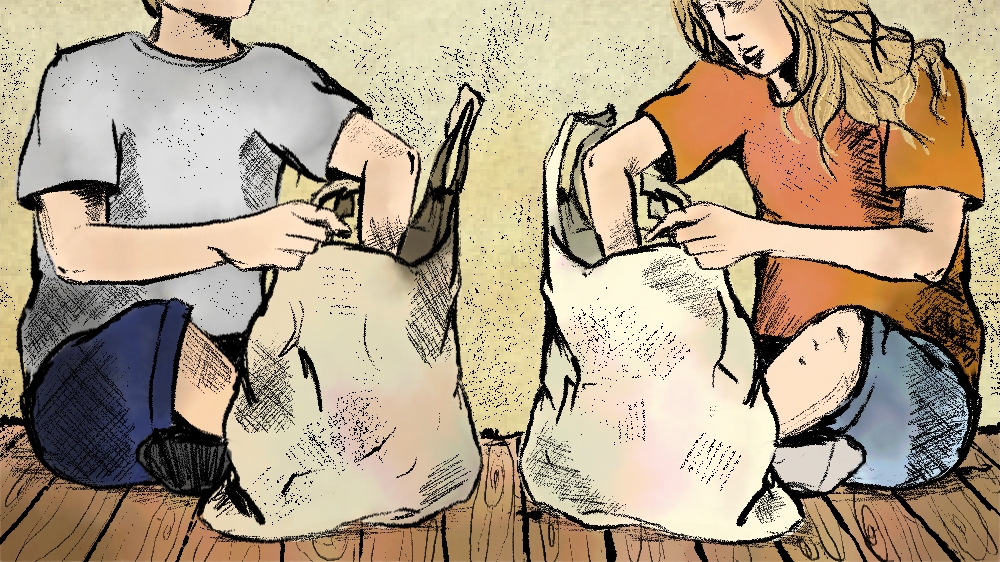
Magic staircases and whale-watching
Now, nearing 30, I am single and sitting on the rough beige carpet stained from my childhood, vulnerable – perhaps more so than when I called this room mine – I manage to manoeuvre the few bags that had remained tucked under my bed for a decade or two out of darkness.
These dusty relics, I had assumed worthless, contained trinkets, collections of letters and notes detailing her thoughts I had dismissed long ago, and just maybe the insight I needed to put back together the life which had recently been stripped by way of cruel heartbreak, an autoimmune disorder diagnosis, and unexpected unemployment from my job as a magazine editor. Perhaps, the question I should have been asking all along, was, “did I even know her?”
Marie was born in 1919 on a small farm in Bryanston, Ontario. She took after her mother, my great grandmother Agnes, a teacher, who, according to my grandfather was just as outspoken about her opinions on gender equality, the arts and education. In a time when seeking higher education was not common for women, Marie attended the University of Western Ontario, my alma mater, too and received her Honors in Business Administration in 1940 and, much later, attended the University of Toronto’s Rotman School of Management where she was awarded her MBA in 1962.
With an eight-year age gap between Marie and my grandfather, there is still a sense of mystery regarding her early adult years. My grandfather, busy with his own youth, only remembers her fondness for reading and teaching high school “Business English”, and the joy she would beam as a result of her students’ successes.
Through sheer determination, hard work, and self-advocacy, Marie became the first female principal within the Greater Toronto Area at a “big” secondary school and encouraged other women to join her in school board administration until she retired. She devoted the remaining years of her life to volunteering and pursuing her interests in the arts. According to a Globe and Mail article tucked away in a drawer labelled “Marie” of a basement filing cabinet at my parents’ house, Marie told the interviewer: “I could practically see myself tottering into the grave without having the time to do the things I want to.” And so she made the time. She enrolled in classes – conversational French, sewing, Chinese painting, and genealogical studies, attended speaker series (she had brunch with Gloria Steinem once), and began taking the trips she had always planned to but never got around to during term breaks.
Then, we would saunter to a nearby Dairy Queen for hot fudge sundaes. Because sometimes, a hot fudge sundae was exactly what you needed for lunch.
During grade school, my holidays were marked by weekends in Toronto. Together, Marie and I would take the “magic staircase” underground to the subway and go to the Art Gallery of Ontario. There, she would let me wander into exhibits at my own pace, always a few steps behind, watching me childishly scrunch my nose at abstract ones and “ooh” at landscapes or portraits I had seen in books at her apartment. As I sketched my favourite Emily Carr paintings with the dull pencil crayons she kept for me, Marie shared the Ritz crackers she would pull out of her handbag in a recycled bread bag and entertained my questions, encouraging me to point out things I liked or did not like, all the while smiling and nodding her head. Then, we would saunter to a nearby Dairy Queen for hot fudge sundaes. Because sometimes, a hot fudge sundae was exactly what you needed for lunch.
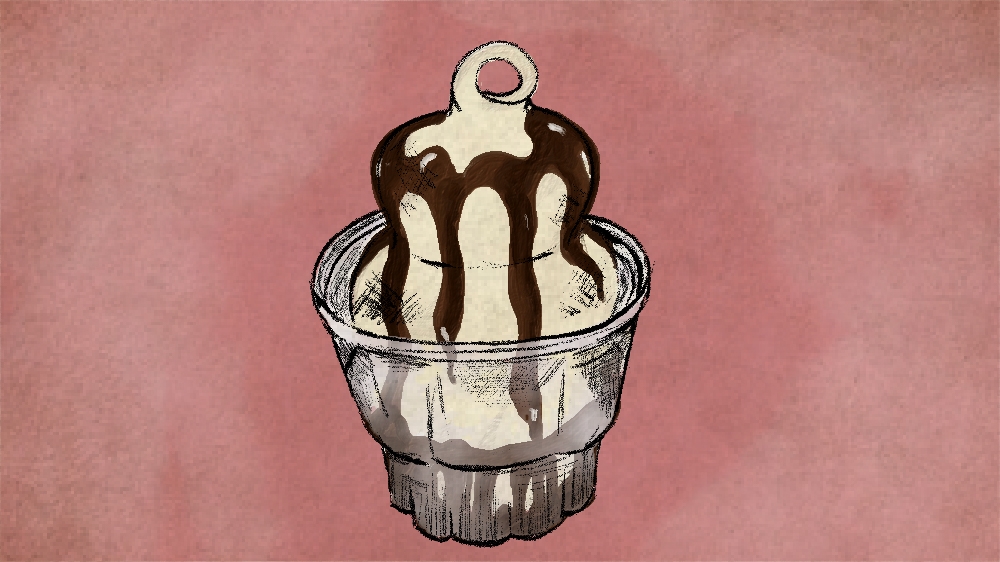
As a gift for graduating from eighth grade, Marie, at 85 years old, invited me to join her on an Alaskan cruise the summer before I started high school. I will never forget the fearful look on my mother’s face when she sat me down before our departure to go over what to do if “Aunt Marie didn’t wake up” one morning.
While away, Marie and I spent our days whale-watching and ventured into the Yukon on an old prospector’s route by train. We ate baked Alaska and spent hours wandering between jewellery stores – she loved precious gemstones and unique cultural pieces; I could not have cared less at the time (when I found a job working at a jewellery magazine years later, mum and I joked about how we could imagine Marie sitting on the scratchy red chair in our family room chuckling smugly while flipping through my first issue). To my mother’s relief, we both made it back in one piece.
Unmarried and without children of her own – a definitive spinster – aunt Marie found her greatest sense of fulfilment helping others. An advocate of the arts, education, and children, her time and resources benefitted various galleries, the Toronto Public Library Foundation, and Sunshine Foundation of Canada among many others.
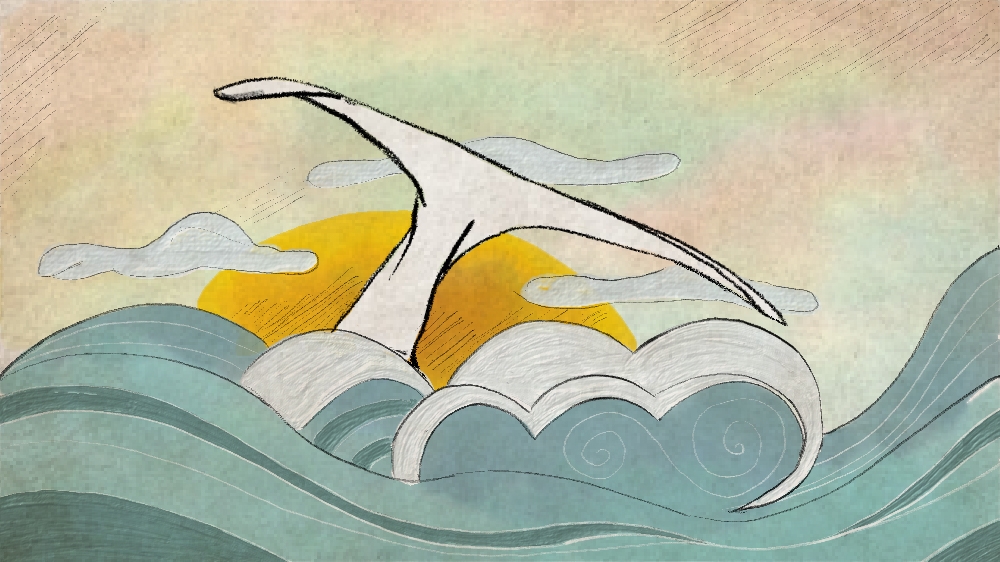
Had I disappointed her?
I pull out an annual Christmas letter Marie circulated to family and friends from one of the bags under my bed. In this particular entry dated December 1991, she writes:
Growing old isn’t all fun because of aches and pains, yet life gets more interesting all the time because everything has more significance when you approach it with the knowledge and experience gathered over a lifetime, yet still with an open mind. Can interest be taught? I don’t know. I think it can be dulled and suppressed; I’m sure it can be encouraged. I’m especially delighted because I see it in my grandniece, now a year and a half. How terrific if she can keep it active as I so luckily have. I hope also she can “live with abandon and be somebody you respect; commit herself to others; turn disappointments into strengths; enjoy life’s process, not just life’s rewards; become involved in something bigger than herself.” (Commencement speech 1986 – Barbara Hatcher – S.W. Texas State U.).
I think interest plays a large part of those five secrets Hatcher gives for living life to the hilt.
Emily is a joy, healthy, feminine, a mimic, determined, an easy learner, her head on a swivel as she takes note. Carried around my apartment she took a real look at each of my paintings – perhaps a future art critic? Mary and John came to Toronto for a few days and I babysat. When they returned from Phantom of the Opera, John grabbed first for his camera to record Aunt Marie curled up on the love seat, with Emily fast asleep on top of her. Then he picked her up and was rewarded with a dazzling smile – life was perfect with parents back. But she remembered her manners and turned to bestow a sweet smile upon me – after all, I’d done my best! Her pictures make me want to weep for those very many less fortunate youngsters; Emily always has such a look of happy anticipation, but so many have so little. Already, she’s had the experience of keeping quiet for the verse and joining in on the chorus; she’s been taught the correct way to hold a pencil (ever notice how many don’t know that?); she’s already engaged in show and tell; she thinks books are great. She’s one of the lucky ones.
Sitting cross-legged on my carpet strewn with paper, a strand of hair between my pursed lips and fighting tears, I realise just how much of my identity has been shaped through the time I spent with her. This woman, who always seemed an arm’s length away, yet able to unapologetically insert her two cents (and a clipping or five) into everything, dedicated herself not only to helping others, but to, in some ways, sacrifice the “what ifs” of her own life so that mine might have more value. So that I might learn to be the person she so fiercely desired.
While some measure their growth through life with dated pencil markings of their heights, thanks to Marie, I measured mine through my bookshelf.
Had I disappointed her?
I glance over my shoulder to the other side of the room and read the spines of books she had given me years ago. While some measure their growth through life with dated pencil markings of their heights, thanks to Marie, I measured mine through my bookshelf. Emily Dickinson, Joan Didion, Anne Sexton, Edith Wharton, Maya Angelou, Virginia Woolf, Edna St Vincent Millay, and Simone de Beauvoir were the markers of my maturation – I am sure many would agree Dr Mary Pipher’s Reviving Ophelia is an unusual gift for a 16-year-old.
Perhaps Aunt Marie was trying to show me these books were not simply collections of prose, but rather breadcrumbs for learning to find happiness on one’s own. More importantly, if I was destined to become a spinster akin to her – I had just been dumped, after all – was this a truth I was okay with?
‘The Angel in the House’
There are few moments when reading something prompts an avalanche of thoughts. This was one of them. I discovered Kate Bolick’s Spinster: Making a Life on One’s Own on a bargain shelf at my local bookstore a few days after I had been sorting through Marie’s things and instantly thought of her. In it, Bolick so eloquently explores various literary and cultural figures I had been exposed to during my undergrad, both their works and personal lives, alongside her own memoir before concluding:
“… the question I’d long posed to myself – whether to be married or to be single – is a false binary. The space in which I’ve always wanted to live – indeed, where I have spent my adulthood – isn’t between those two poles, but beyond it. The choice between married versus being single doesn’t even belong here in the twenty-first century. The question now is something else entirely: Are women people yet?”
Are women people yet? While my gut screams, “Yes!” I cannot help but ponder otherwise. Have we made progress? I think about what life looked like for Marie at my age, or at 20 as a fresh graduate: what her hopes and ambition resembled. Were they similar to mine? I take another gaze at my bookshelf.
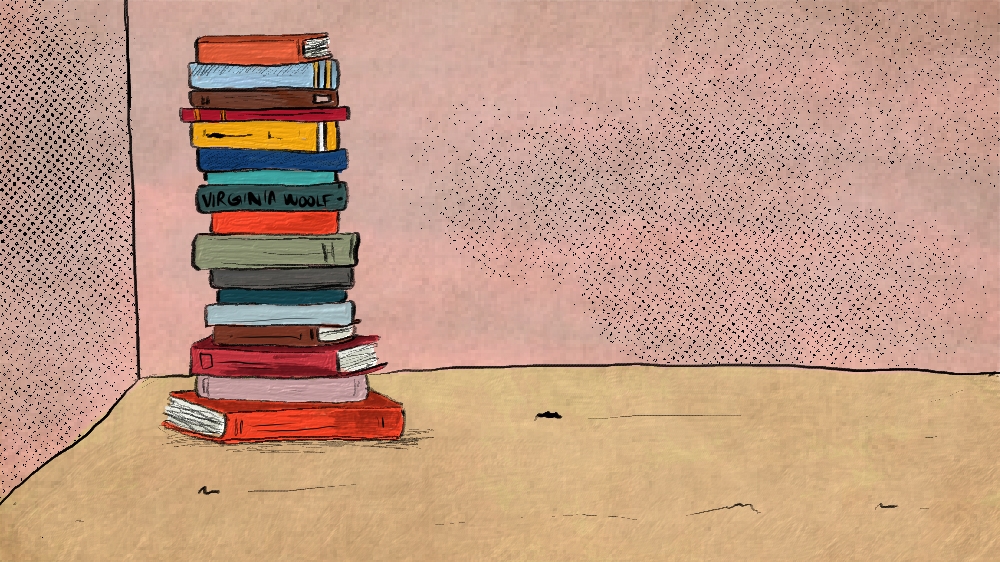
In 1931, Virginia Woolf delivered a speech to the National Society for Women’s Service titled Professions for Women. In it, she posits the Angel in the House. We all know of this woman: “She excelled in the difficult arts of family life. She sacrificed herself daily. If there was a chicken, she took the leg: if there was a draught she sat in it – in short she was so constituted that she never had a mind or a wish of her own, but preferred to sympathise always with the minds and wishes of others. Above all – I need not say it – she was pure.”
Throughout the essay, Woolf details the role of women in the workforce, particularly as it pertains to the female writer, her experience as such, and her social and economical independence. She explains: “And when I came to write I encountered her with the very first words. The shadow of her wings fell on my page … I did my best to kill her … Had I not killed her she would have killed me. She would have plucked the heart out of my writing … Killing the Angel in the House was part of the occupation of a woman writer.”
If Woolf believes this proverbial death of the patriarchy-bound female is part of the occupation of women, could it be a rite of passage within womanhood itself; part of independence and becoming? Indeed, could self-sufficiency and thus what we know as the spinster actually be viewed as an avenue for female enlightenment?
Today, our culture has clung to and popularised a new, less pejorative term for “spinster” first coined by Emma Watson in Vogue: Self-partnered. For a marital status simply meaning single, it makes sense; the phrase somehow seems to embody independence, while empowering the understanding that women are people no longer bound to the restraints of ideological notions of love or timelines.
“Self-partnered,” I think. Marie would have loved it.
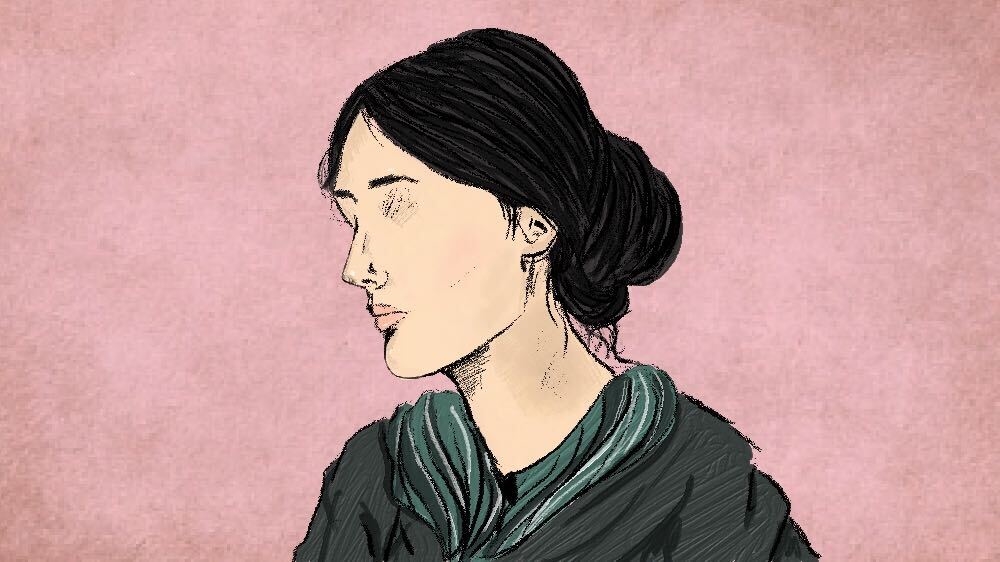
In an excerpt from a letter dated July 2, 2007 (I would have just turned 17, Marie would have been 88), Marie wrote:
I want my grandniece and nephew to have as happy and productive lives as I felt I’ve had. You may not think I’ve had such life, but times and circumstances change over the years, and to each their own. I’m happy.
Most people do not know their great aunts. I did not just know mine, Marie unassumingly helped raise me. She helped foster how I think, my understanding of the world and my place in it without me even knowing. And retroactively, she taught me to believe a person’s character would prevail in the face of uncertainty. She taught me to make others laugh and smile, to listen and speak up. She believed women could make a difference, and believed I, too, can make a difference.
Self-partnered is not a trendy term to be used interchangeably with “single”, nor does it exude wistful ideas of not having met the right person yet; it is a proclamation of fulfilment and celebration of self, and in many ways marks the reclamation of the word “spinster”. Through it, we expose how romantic love is no longer the raison d’etre for a single woman of any age. And it should not be.
I believe in love and marriage, but my identity and happiness do not hinge on an unshakable desire to be paired with anyone but myself, nor does it sadden me to think Marie died alone, because she did not.
Though the gaps in my memory, and lines of these letters, never once recall or make mention of love, I know, at the age of 92, she died happy and surrounded by the love she chose. While perhaps there once was a great love or almost love for Marie – my grandfather does remember a lawyer being in the picture for a brief period of time – I know now, sifting through the many conversations Marie and I never had the chance to finish – spinster or not – I will be just fine.